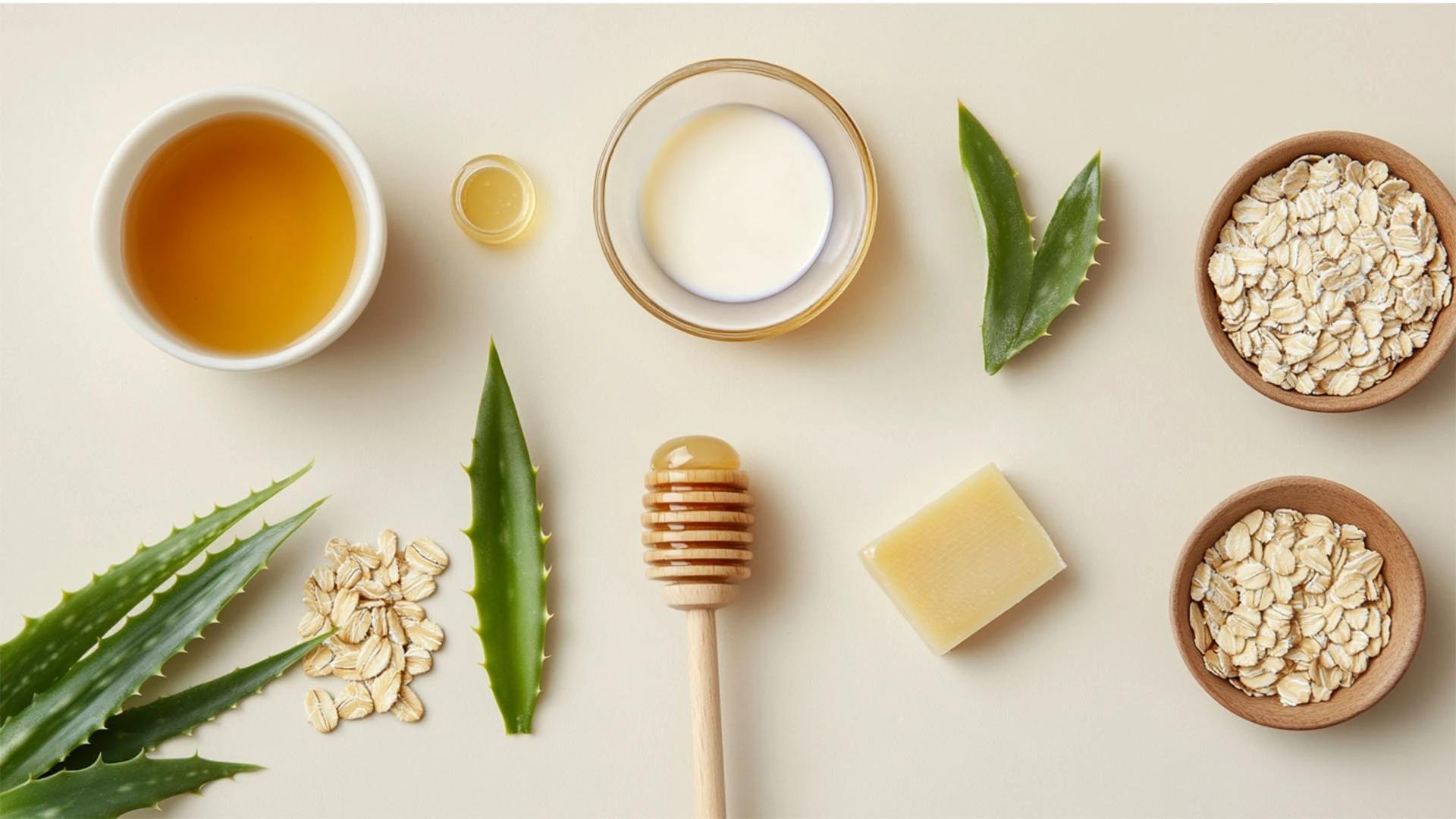Exfoliants: Revealing Fresh Skin
Regular exfoliation reveals brighter, smoother skin underneath. Chemical exfoliants work more gently than physical scrubs, breaking down dead skin cells without micro-tears. Start with lower concentrations and gradually work up to stronger formulas.
Anti-Aging Products: Preventive Care
Prevention is easier than correction when it comes to ageing. Retinoids, vitamin C, and peptides are proven ingredients that help maintain youthful skin. The key is consistency – these products work over months, not days.
Acne Treatments: Targeted Solutions
Spot treatments and specialised acne products can target breakouts without drying out your entire face. Ingredients like salicylic acid and benzoyl peroxide work differently, so you might need to try a few to find what works for your skin.
Tips for Maximising Your Skincare Routine
Having the right products is only half the battle – using them correctly makes all the difference. These tips help you get the most from your skincare items and avoid common mistakes that can sabotage your results. Small changes in application and timing can dramatically improve your skin's response.
Consistency is Key
Your skin needs time to adjust to new products and show results. Stick with your routine for at least six weeks before deciding if something works. Constantly switching products prevents you from seeing real improvements and can irritate your skin.
Layering Products Correctly
Apply products from thinnest to thickest consistency. Serums go before moisturisers, and oils come last. Wait a few minutes between layers to let each product absorb properly. This ensures maximum effectiveness from each product.
Seasonal Routine Adjustments
Your skin's needs change with the weather. You might need richer moisturisers in winter and lighter formulas in summer. Pay attention to how your skin feels and adjust accordingly – flexibility prevents skin problems before they start.
Frequently Asked Questions
How long does a typical skincare routine take?
A basic morning routine takes about 5-10 minutes, whilst evening routines might take 10-15 minutes. Once you find your rhythm, it becomes second nature. The key is choosing products that work well together and absorb quickly.
Do you need to apply sunscreen multiple times a day?
Yes, sunscreen should be reapplied every two hours, especially if you're outdoors. For daily office life, one morning application might suffice, but outdoor activities definitely require reapplication for proper protection.
Should you use moisturiser if you have oily skin?
Absolutely. Skipping moisturiser can actually make oily skin produce more oil to compensate for dryness. Choose lightweight, gel-based formulas that hydrate without adding greasiness to your skin.
How long does it take to see results from a skincare product?
Most products need 4-6 weeks to show noticeable results, though hydrating products might work faster. Anti-ageing products can take 3-6 months for significant changes. Patience is crucial – good skincare is a marathon, not a sprint.
Final Thoughts
Building an effective skincare routine doesn't require a chemistry degree or endless products. Start with the basics – cleanser, moisturiser, and sunscreen – then gradually add serums and treatments that address your specific concerns. The best routine is one you'll actually stick to, so keep it simple and enjoyable. Remember, healthy skin is a journey, not a destination, and finding the right products for your skin type makes all the difference in achieving that natural glow you're after.

 Combo
Combo Combo
Combo Combo
Combo 130 ml
130 ml